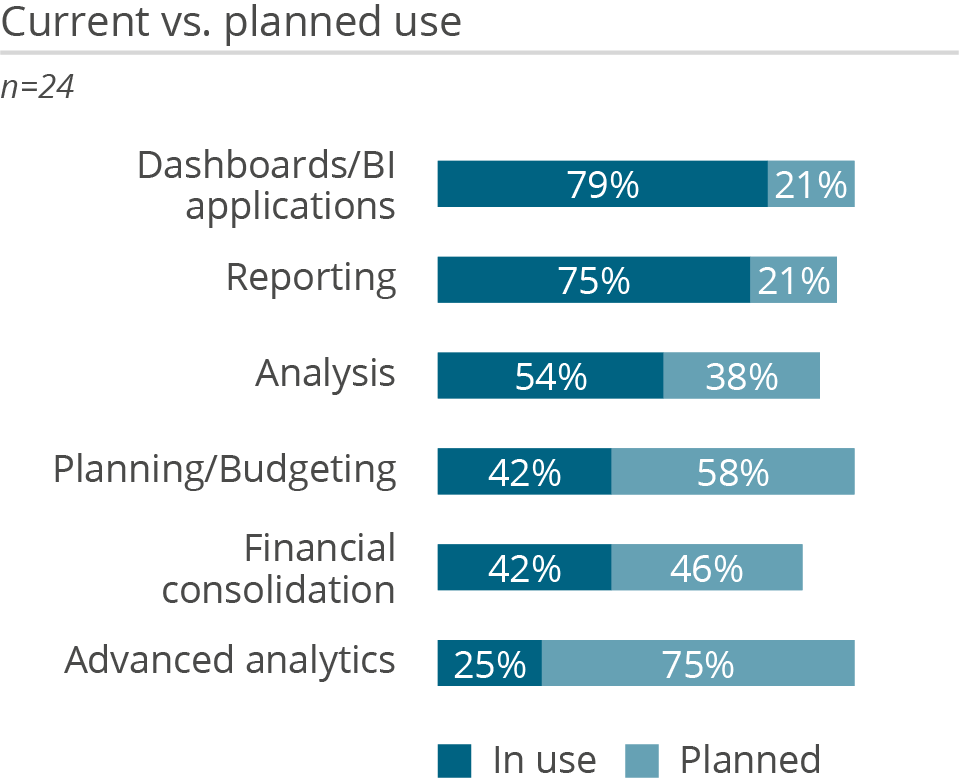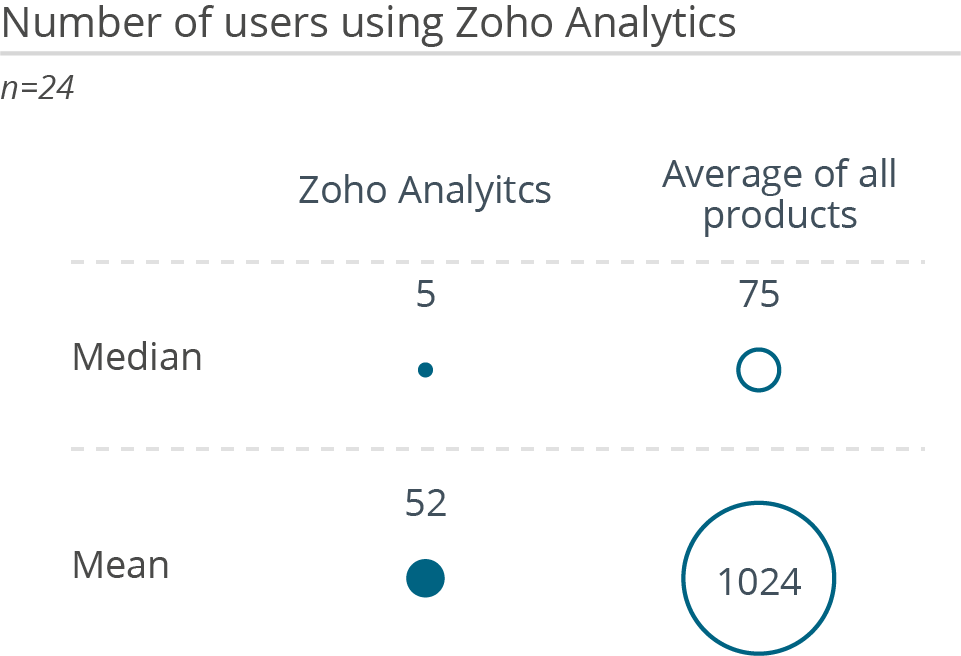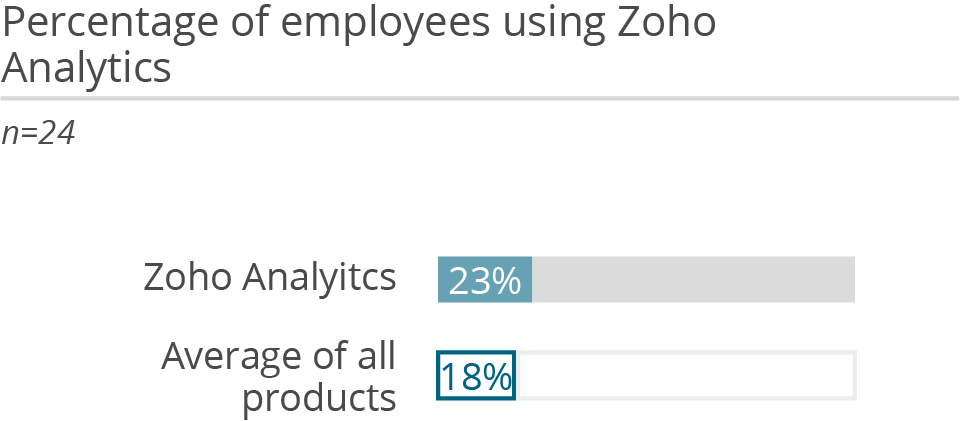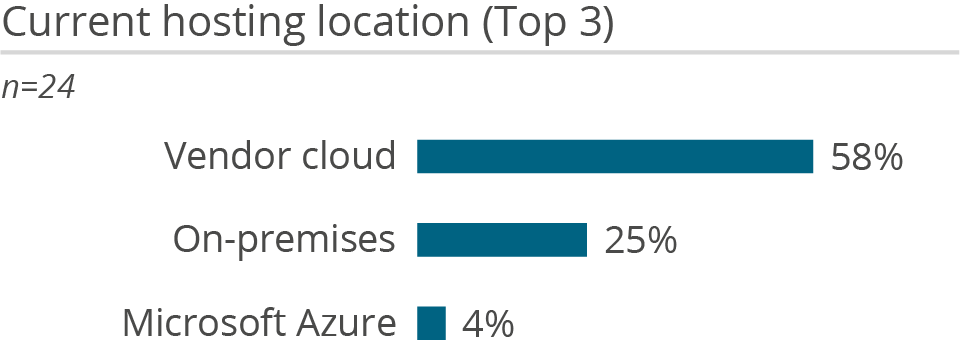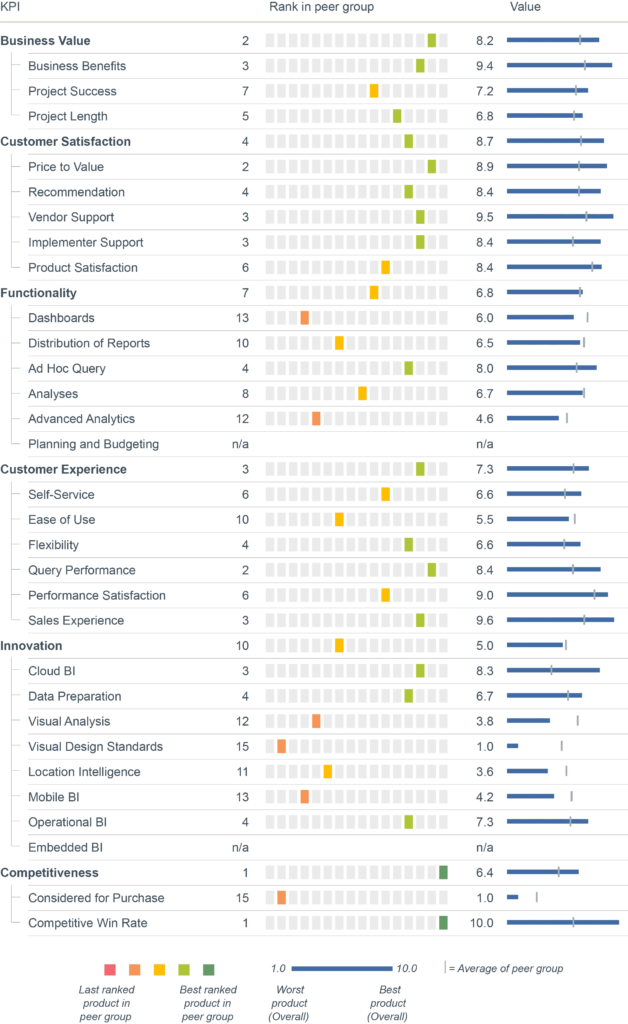Zoho Corporation began life in 1996 as AdventNet, Inc., which focused on building network management products. The company was renamed in 2009 and now operates seven distinct divisions including Zoho, which develops and sells a suite of business applications. Zoho Corporation remains privately held.
Headquartered in Chennai, India, Zoho currently has additional offices in India as well as sites in the United States, China, Mexico, Australia, Netherlands, United Arab Emirates, Japan, Singapore and more besides. The company employs around 18,000 people.
Its business application suite covers BI and analytics, CRM, project management, accounting, human resource management, marketing and support. Zoho currently serves more than 20,000 customers worldwide with its BI and analytics platform.
Zoho Analytics, first released in 2009, is the central BI and analytics platform in Zoho’s portfolio. It provides unified data management and business analytics to its customers and supplies a large number of connectors to data sources which can be integrated in a central data model designed for use by business users. Most recently, the vendor introduced connectivity to streams such as Kafka to support IoT scenarios.
Business connectors for Zoho and non-Zoho apps can automatically identify and map table relationships, create domain and cross-domain models, train the NLQ engine and create sample reports and dashboards to speed up the implementation of BI and analytics. Customers can access these models using APIs. The vendor has also introduced actions and offers a Zoho Flow integration with over 500 app triggers for different applications to invoke actions.
An additional module, Zoho DataPrep supports the building of end-to-end data pipelines with numerous data preparation and transformation capabilities. It is equipped with an appealing user interface and offers guidance for possible preparation steps. Sophisticated data profiling features add value for customers when preparing data, decisively speeding up the identification and correction of issues in data.
Zoho further serves business users with its conversational AI agent Zia. Users can ask questions using ‘Ask Zia’ and analyze the underlying data without the need to create new content. Moreover, with Zia Insights, the software offers natural language generation (NLG) to provide in-depth information about displayed data and help business users to interpret it. Zoho Analytics is equipped with diagnostic analytics to help to unlock deeper insights. With Key Driver Analysis, users can uncover the factors influencing data trends, providing insights into the question of “Why something happened?”. Zoho Analytics is also integrated with Zoho Cliq to provide chat-like collaboration capabilities.
Zoho Analytics can be used as a self-service BI and analytics platform and can be embedded in Zoho’s own or third-party applications. With Zoho’s BI Fabric module, customers can create a central point of access for analytics users of Zoho Analytics and third-party platforms such as Tableau and Power BI.
Zoho’s versatility is also shown in its deployment options: It can be deployed on premises, on Zoho cloud and on third-party cloud infrastructures such as GCP, AWS or Azure. Its pluggable micro services architecture for public cloud deployments offers the flexibility to use third-party components such as AWS caching instead of those offered by Zoho.
Most recently, the vendor also addressed more advanced users with AutoML and a Code Studio module. Both are targeted at data scientists and support them in building, training and managing ML models.
